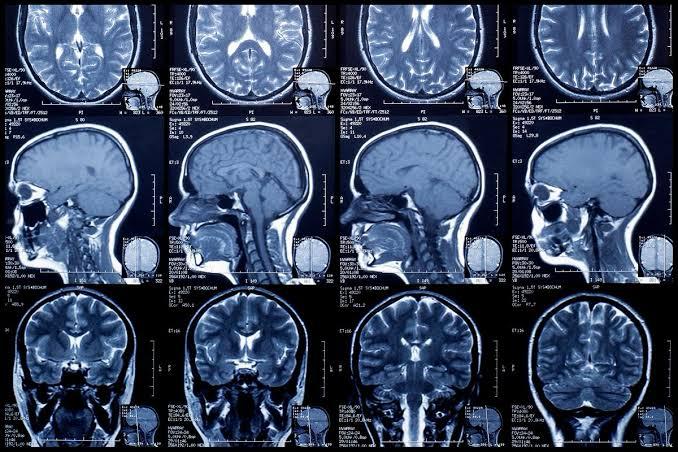Health Care System Using AI
Our team of AI experts works closely with our company to develop a comprehensive AI roadmap aligned with our business objectives. From identifying AI use cases to prioritizing implementation strategies, we provide strategic guidance to maximize the impact of AI on your operations.
Leverage the latest advancements in machine learning, natural language processing, computer vision, and predictive analytics to build custom AI solutions tailored to your specific needs. Whether you’re looking to automate repetitive tasks, enhance decision-making processes, or optimize resource allocation, we deliver innovative AI applications that drive measurable results.
Smart Scan
HAPPENINGS IN ADMIN PANEL
Smart Scan Reports provide essential information about the imaging findings and biggest appropriate follow up action, helping healthcare provides priorilize patient care while a waiting the detailed interpretation from a doctor
Surely! Some example for patient scan reports that could be uploaded in the website while waiting for a doctor’s report:-
Example:-
Patient ID : 12345
Scan type : MRI Scan
Findings : Patient Pictorial Images were Uploaded
Scanning : Waiting for Doctor Report
WAITING FOR THE DOCTOR REPORT
Smart Scan routed to doctor’s mail and it was Identified and a sheet of report back to the admin panel
Report Generated :
Bilateral temporal lobe atrophy with hippocampal sclerosis. differential diagnosis includes Alzheimer disease or temporal lobe epilepsy
Output :
Report of patient Generated Successfully

Image Acquisition
The first step involves acquiring the medical images through various imaging modalities such as MRI, CT, X-ray, ultrasound, etc. These images are then stored digitally.
Image Preprocessing
Before AI algorithms can analyze the images, preprocessing steps may be applied to enhance image quality, remove noise, and standardize the format. This ensures that the AI algorithms receive clean and consistent input.
Image Analysis
AI algorithms, often based on deep learning techniques such as convolutional neural networks (CNNs), analyze the medical images pixel by pixel. They learn patterns, features, and abnormalities from large datasets of labeled medical images.
Interpretation and Diagnosis
Based on the learned patterns, the AI system interprets the images and generates preliminary reports. This may involve identifying abnormalities, classifying conditions, and providing quantitative measurements.
Report Generation
The AI system generates structured reports summarizing its findings. These reports typically include the type of scan performed, any abnormalities detected, recommended follow-up actions, and relevant quantitative measurements.
Review by Healthcare Professional
While AI can provide initial interpretations, the generated reports are usually reviewed by healthcare professionals such as radiologists, pathologists, or specialists. They verify the findings, provide additional clinical context, and make any necessary adjustments or corrections to the reports.
Finalization and Distribution
Once reviewed and finalized by a healthcare professional, the patient scan reports are stored in the electronic health record (EHR) system and made available to the patient and other authorized healthcare providers through secure channels, such as patient portals or integrated healthcare platforms.
By automating the analysis and interpretation of medical images, AI can help streamline the reporting process, reduce turnaround times, and assist healthcare professionals in providing timely and accurate diagnoses and treatment recommendations.
